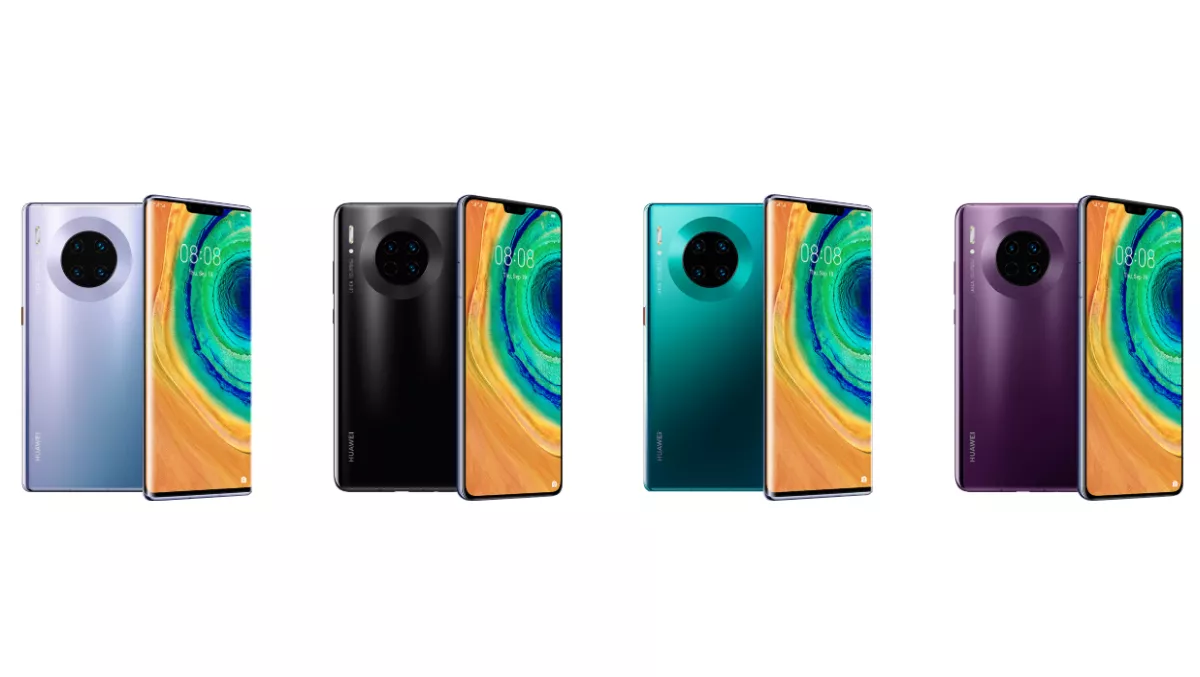
Huawei's Mate 30 goes it alone without Google
Huawei has revealed details about its upcoming Mate 30 device range – and the apps that people will be able to use.
The Mate 30 series will run EMUI10 which is an Android-based OS, but there's one key difference – there won't be any trace of Google Play or any Google apps on the devices.
This is because of Huawei's ongoing blacklist from the United States government, forcing the company to remove all traces of Google Play and Google products on any new devices it produces. It can still use Android as a base OS because it's open source software.
Huawei is promoting its own AppGallery as an alternative to Google Play, and if it's successful it could be the first time a major smartphone manufacturer has broken away from Google's mould and gone off on its own route.
However, some media reports from BBC indicate that Huawei might encourage people to 'side load' Google apps on to their phones and may even train staff to help people do it.
At the Mate 30 launch event in Munich last week, Huawei Consumer Business Group CEO Richard Yu concentrated on the hardware and design specs that make up both the Mate 30 Pro and the Mate 30.
The Mate 30 design builds on the Mate 20, with a 'futuristic' design (as Huawei calls it).
The Mate 30 Pro includes four rear cameras. Those cameras include a 3D depth sensing camera, a 40 megapixel Cine camera, a 40 megapixel SuperSensing camera, and an 8MP telephoto camera.
The Mate 30 Pro will also feature a 6.53" OLED display; and it will sport a 4500mAH battery; and will come in both 4G and 5G-capable offerings.
The 6.62" Mate 30 will feature three rear cameras: a 40 megapixel SuperSensing Camera; an 8MP telephoto camera, and a 16 megapixel ultra wide camera. The device also includes a 24 megapixel front camera.
The Mate 30 features a 6.62" OLED display; 4200mAh battery; and will come in both 4G and 5G-capable offerings.
Local launch dates and pricing have not yet been revealed.
Recently Huawei announced its own operating system called HarmonyOS, which would eventually replace the Android-based OS.
"HarmonyOS is completely different from Android and iOS. It is a microkernel-based, distributed OS that delivers a smooth experience across all scenarios," commented Yu earlier this month.
HarmonyOS will be developed for the Chinese market, and then expand the OS worldwide as an open source platform.


